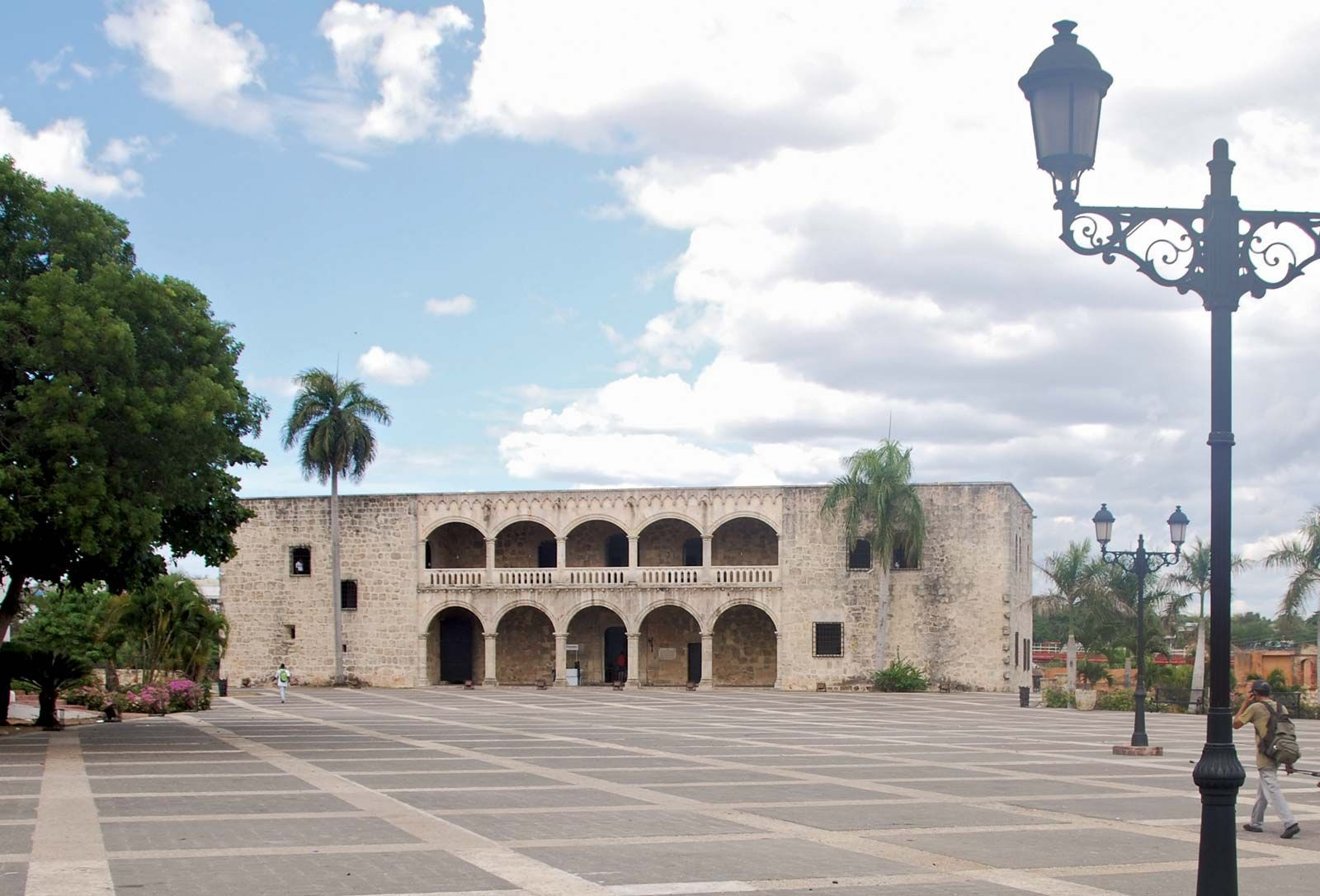Santo Domingo, a city steeped in history and vibrant culture, holds the distinction of being the oldest continuously inhabited European-established settlement in the Western Hemisphere. But Where Is Santo Domingo exactly? Nestled on the southeastern coast of the island of Hispaniola, Santo Domingo proudly serves as the capital of the Dominican Republic. Its strategic location at the mouth of the Ozama River has been pivotal to its rich and storied past.
Founded in 1496 by Bartholomew Columbus, Christopher Columbus’s brother, Santo Domingo was initially established as Nueva Isabela on the eastern bank of the Ozama River, honoring Queen Isabella I of Spain. This marked the beginning of Spanish colonization in the New World, making Santo Domingo the cradle of European influence in the Americas. Though the original settlement was destroyed by a hurricane and subsequently rebuilt in 1502 on the river’s western bank, its significance only grew. Santo Domingo became the launchpad for numerous Spanish expeditions venturing into the West Indies and the mainland Americas, solidifying its role as a vital center of power and exploration during the early colonial era.
As the seat of Spanish governance in the Americas, Santo Domingo flourished until the conquests of Mexico and Peru shifted the focus of colonial power. Despite this shift, the city remained a significant Caribbean hub, weathering challenges such as Sir Francis Drake’s sack in 1586 and resisting British attempts to seize it in 1655. The city’s history is marked by periods of shifting control, including French domination from 1795 to 1809, brief Spanish re-rule, and Haitian influence before finally becoming the capital of the newly independent Dominican Republic in 1844. Except for a period of Spanish annexation (1861-1865), Santo Domingo has remained the heart of the Dominican Republic, reclaiming its original name after a period as Ciudad Trujillo (1936-1961).
Today, Santo Domingo stands as the Dominican Republic’s economic powerhouse. It is the nation’s leading industrial, commercial, and financial center, fueled by hydroelectric power and diverse industries ranging from metallurgy and petrochemicals to food processing and tourism. The city’s port, strategically located at the Ozama River’s mouth and modernized in the 1930s, is crucial for both passenger and freight traffic, connecting Santo Domingo to global trade routes. While road networks are extensive, rail transport is limited, primarily serving nearby sugar refineries. Two international airports ensure easy access to and from this bustling capital.
Beyond its economic importance, Santo Domingo is a city rich in culture and education. It proudly hosts the Autonomous University of Santo Domingo, established in 1538 and recognized as the oldest university in the Western Hemisphere. Other notable institutions include the Pedro Henríquez Ureña National University and a technological institute, alongside cultural gems like the National Theatre, the National Symphony Orchestra, and the Museum of Dominican Man, renowned for its pre-Columbian artifacts. The city’s colonial architecture is equally captivating, featuring the Spanish Renaissance cathedral (1514-1542) and the Alcázar de Colón, once the palace of Diego Columbus. The Columbus Lighthouse is another prominent landmark, purportedly housing Christopher Columbus’s remains. Recognized for its historical significance, the historic district of Santo Domingo was designated a UNESCO World Heritage site in 1990, inviting visitors to explore its captivating past.
 Alcázar de Colón palace in Santo Domingo, Dominican Republic, showcasing its Spanish colonial architecture.
Alcázar de Colón palace in Santo Domingo, Dominican Republic, showcasing its Spanish colonial architecture.
In conclusion, Santo Domingo’s location on the southeastern coast of Hispaniola, at the mouth of the Ozama River in the Dominican Republic, is not just a geographical fact; it is integral to understanding its historical trajectory and contemporary significance. As the oldest European city in the Americas, Santo Domingo blends its rich colonial past with modern dynamism, making it a compelling destination for those seeking to explore the heart of Caribbean history and culture.
